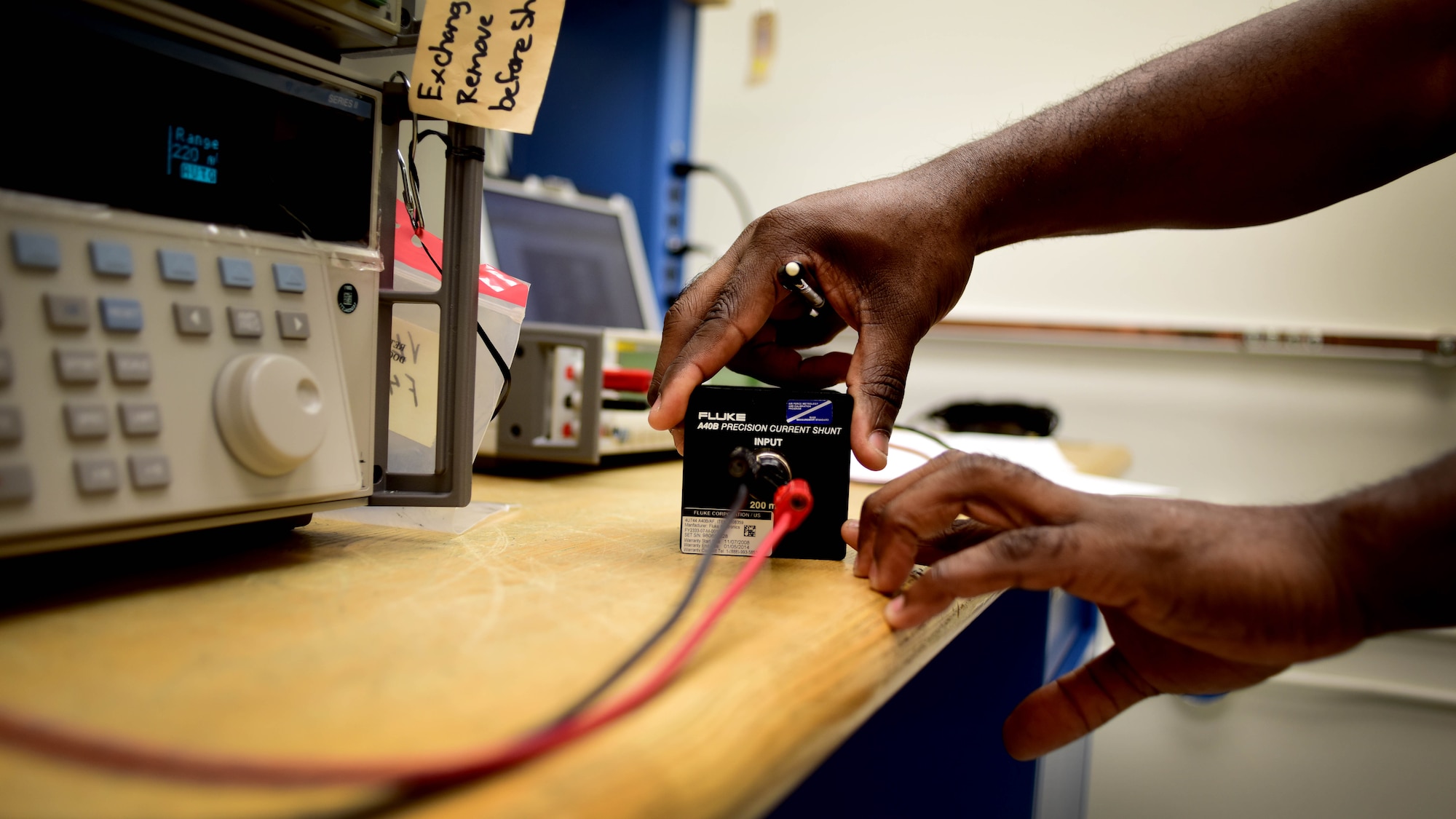 Probably the perfect instance of extreme floor loss, and excessive antenna loss, are short, stubby, poorly mounted, low Q antennas. A very good example is a strong nearby signal which can pump the AGC, and cause distortion in the signal you’re trying to copy. An instance is proven in the photo. However, they do illustrate the importance of suppressing localized (in vehicle) noise, and that is the purpose we’re trying to make. So bettering the antenna without suppressing the localized noise doesn’t improve issues very a lot, receiver Dynamic Range benefits notwithstanding. In all fairness, the above examples don’t take receiver Dynamic Range traits and/or filter bandwidth into consideration. The narrower the filter, the better the dynamic range. Fact is, really lossy and improper antennas installations are better noise antennas, low voltage power cable than signal antennas! Perhaps a greater definition of the noise portion can be hash, or frying noise, as that’s what it sounds like when emanating from the speaker. We also have to consider that a receiver’s front end hears more than you do from the speaker!
Probably the perfect instance of extreme floor loss, and excessive antenna loss, are short, stubby, poorly mounted, low Q antennas. A very good example is a strong nearby signal which can pump the AGC, and cause distortion in the signal you’re trying to copy. An instance is proven in the photo. However, they do illustrate the importance of suppressing localized (in vehicle) noise, and that is the purpose we’re trying to make. So bettering the antenna without suppressing the localized noise doesn’t improve issues very a lot, receiver Dynamic Range benefits notwithstanding. In all fairness, the above examples don’t take receiver Dynamic Range traits and/or filter bandwidth into consideration. The narrower the filter, the better the dynamic range. Fact is, really lossy and improper antennas installations are better noise antennas, low voltage power cable than signal antennas! Perhaps a greater definition of the noise portion can be hash, or frying noise, as that’s what it sounds like when emanating from the speaker. We also have to consider that a receiver’s front end hears more than you do from the speaker!
Even worse, we have to deal with adjustments within the Dynamic Range brought on by the over zealous use of noise blankers, and DSPs. This stated, even a minimal effort can reduce localized noise by as a lot as 6 dB (≈1 S unit), and generally, an amazing deal more. They require less energy to function, which can save money on power costs. POE is a technology that enables Ethernet cables to transmit each information and power. Do low-voltage cables must be installed by a professional? There may be one important perform we want to grasp earlier than we go on, and that’s AGC (Automatic Gain Control) It’s a closed-loop circuit built into every modern transceiver. Do low-voltage cables should be run in conduit? Most native building codes require speaker cables concealed above ceiling panels or behind partitions to be run in conduit or raceways or have an outer jacket manufactured from flame-resistant materials. While audio system can run at very low signal energy at 4-8 ohms like your home stereo, most commercial speaker distribution techniques function at 24 or 70 volts. In very basic terms, its function is to provide an excellent audio output, despite variations in the incoming sign (strength).
For example, let’s assume the incoming Vs is 25uV, and the noise is 2uV. Applying the formula, the SNR would be 22.6 dB, resulting is an easily copied signal. For example, if we scale back a large RFI supply by correct bonding, the perceived level of that RFI may not appear to change. While not dead-on accurate, the method will present if indeed there has been a change in SNR. One can easily present a case, where an increase in antenna efficiency of just 1 dB, could make a significant change within the SNR. The question stays, how far can localized noise be reduced? It could be nice if this had been as far as it went, however it is not. Let’s not get too far forward of ourselves, and look at the specification (proper) of a real-world receiver, the Icom IC-7000 (courtesy of the ARRL). This is correct on the ragged edge of stable, Q5 copy despite the fact that this could be about an S3 sign.
Therefore, if we would like to extend the incoming sign power, our solely alternative is to reduce the antenna’s overall losses. We may do the same by growing the incoming signal power by three dB (to four uV). Let’s assume the incoming sign energy is 2 uV, and our background noise stage is .7 uV. Keep in mind, we’re dealing with two diverse, yet coinciding points; signal power and background noise. Keep in mind, any ratio larger than 1:1, indicates more sign than noise, and the clearer the reception. There’s yet one more vital point to emphasize. In any case, the perfect state of affairs is to cut back the localized RFI stage to a degree where using a noise blanker isn’t wanted. That is very true in a cellular state of affairs the place there is an abnormal quantity of localized noise generated by the ignition system, and the varied on-board electronics. There’s extra on this topic beneath. 50 uV, perhaps extra). On this case, a signal energy of .15 uV, yields an SNR of 10dB. Sounds pretty good, but there is a minor problem afoot.

